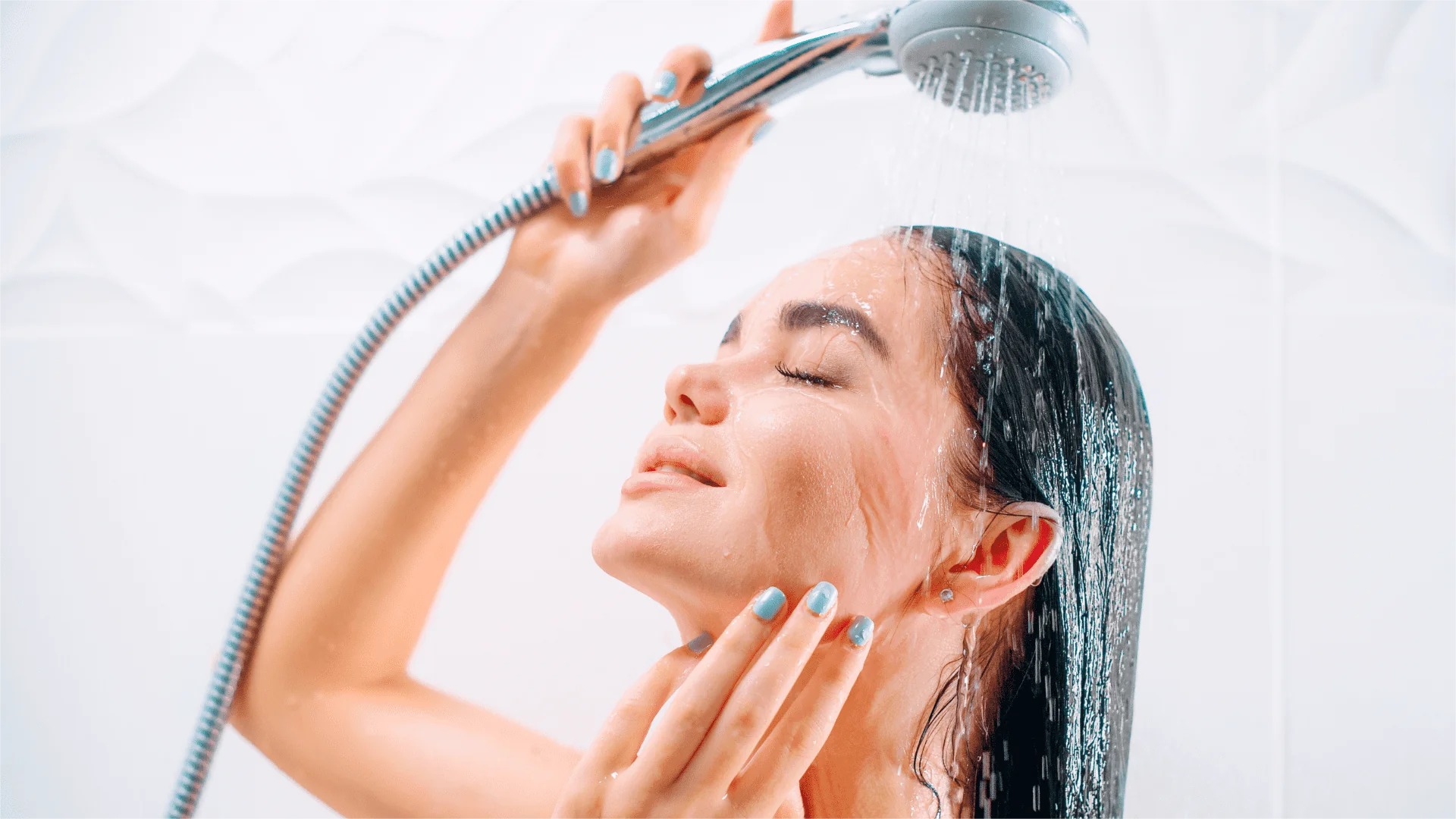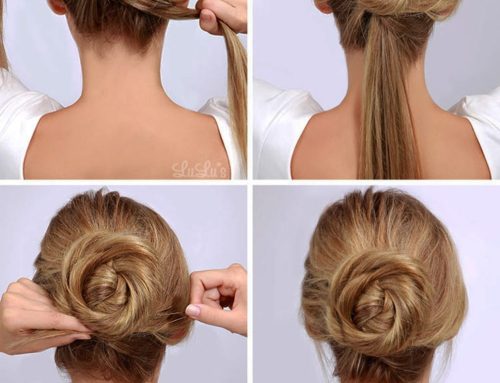*Introduction to Wig Care>*
Wigs have become increasingly popular in recent times, offering a natural look and enhancing beauty, especially for individuals experiencing hair loss. Many women incorporate wigs into their daily routines, even wearing them in the shower. So, how does one manage showering while wearing a wig? Read on for detailed guidance.
*Is it Advisable to Shower with a Human Hair or Lace Wig?>*
While human hair wigs or full lace wigs allow for various activities like swimming or running, it’s generally not recommended to shower with lace front wigs. There are several reasons for this:
- Potential Damage to Hair Fiber: Hot water can scald the hair fiber, leading to frizz and loss of shape.
- Risk of Tangling: The high water flow in showers can tug on the wig, causing tangles, especially with frequent washing.
- Chemical Exposure: Bath water may contain chemicals that can alter the color of the wig.

However, circumstances such as travel may necessitate wearing a wig in the shower. In such cases, minimizing potential damage is crucial. Remember to handle your wig with care, treating it differently from natural hair during washing.
*Best Practices for Showering with a Wig On>*
Pre-Shower Preparations
#1 Secure Wig Attachment

Before showering, ensure your wig is securely attached to your head. Check clips, glue, or tape for any signs of loosening or detachment, especially around the edges.
#2 Consider Hair Length

Take note of your natural hair length. Longer hair covered by a wig will require more time to dry thoroughly.
#3 Detangle Wig

Before showering, gently detangle the wig with a wide-tooth comb, starting from the top and working your way down.
#4 Adjust Water Temperature

Opt for lukewarm water instead of hot water to prevent damage to the wig’s strands.
During Shower
#1 Manage Water Flow

Position yourself with your back to the shower to minimize pressure on the wig. Use gentle water flow to avoid disrupting the wig’s style.
#2 Cleanse Gently

Ensure all hair fibers are wet, then apply wig shampoo and gently massage to create a lather. Avoid rubbing or scrubbing vigorously, as this can damage the wig’s fibers.
By following these practices, you can maintain the quality and appearance of your wig while showering.
#3 Rinse Your Wig for Thorough Cleansing

Ensure thorough rinsing to remove any shampoo residue from your wig. Tilt your head back to rinse away the foam completely. While a freshly washed wig feels pleasant, frequent washing can shorten its lifespan. Wigs generally accumulate less dirt compared to natural hair, reducing the need for frequent washing.
#4 Nourish Your Wig with Conditioner

Condition your wig to enhance smoothness and lock in moisture and vitality. Apply conditioner evenly using your fingers, ensuring it coats every strand of hair. Opt for sulfate-free conditioners and choose between regular or leave-in options based on your schedule and preferences.
Consider the ingredient list of hair care products to avoid damaging your wig. Leave regular conditioners on for 5-10 minutes before rinsing, while leave-in conditioners eliminate the need for rinsing.
• After Shower Care
#1 Towel Pat and Air Dry Your Wig

Proper drying methods are crucial for maintaining your wig’s quality. Gently pat your wig to remove excess water, avoiding any rubbing. Use a microfiber towel for added protection, as its soft texture minimizes hair strand pulling.
Air dry your wig on a stand instead of using a blow dryer to prevent heat damage. Avoid heat styling, but once dry, you can use a dryer on ultra-low heat and plastic rollers to achieve desired styles.
#2 Comb Your Wig When Completely Dry

After complete drying, check for any loose sections and secure them back in place. Carefully smooth your hair using a wig brush or wide-tooth comb designed for wigs. Avoid combing wet hair to prevent fiber damage.
Daily combing reduces frizz, especially with heat-friendly synthetic wigs. Use a boar bristle brush and a blow dryer to smooth frizz, brushing from ends to roots. Avoid brushing from front to back to maintain wig adhesion.
#3 Maintain Wig Moisture

Consider applying a protective sealant to mimic scalp oils, locking in moisture and nutrients. This prevents excessive dryness, preserving the wig’s quality.
Can I Use Hair Products?
Exercise caution when selecting hair products, avoiding those containing polymers, alcohol, lanolin, or sulfates, as they can damage wigs. Different wig types require specific products tailored to their needs. Check product descriptions to ensure suitability for your wig type.
Choose clarifying shampoos and leave-in conditioners for human hair wigs. Alcohol-free products are ideal for synthetic wigs to prevent dryness. Styling synthetic wigs requires wetting with water and using a fine bristle brush for longer-lasting styles.
Final Thoughts
Enjoyed this article? Click the bottom right to follow us for more updates! If you have any questions, feel free to reach out. Explore our website and blogs for practical tips and valuable insights.
Images credit: Google, Pinterest, YouTube.




